Raspberry quartzite: features, properties and uses
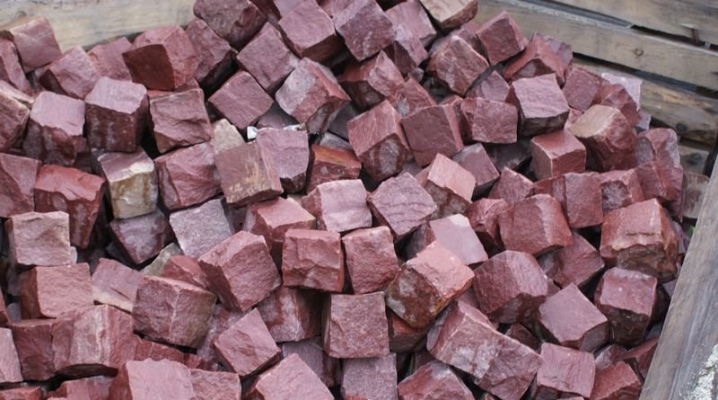
Raspberry quartzite is a unique and very beautiful stone that has long been valued only for its strength. In the 17th century, it was used to cover stoves, but they learned about its rare and truly unique properties much later. It is about this stone that will be discussed in the article.
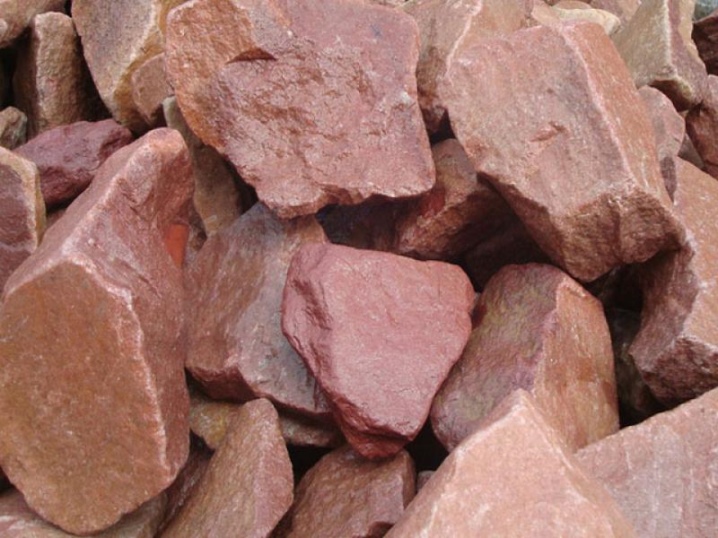
Description
Crimson quartzite (or quartz, shoksha) is an extremely rare metamorphic rock of crimson color. The ratio of this quartzite to metamorphic rock suggests that it was formed from solidified magma.
The name "Shoksha" quartzite was given due to the place of extraction - on the shore of Lake Onega near the village of Shoksha. Such a stone consists of very small, tightly intertwined quartz grains. Currently, this material is considered one of the most beautiful in the world.
Remarkable is the fact that literally until the 18th century it was randomly used as a facing material, but only half a century later the nobles realized how rare stone they were destroying. Now the material is used to decorate the most important architectural structures.
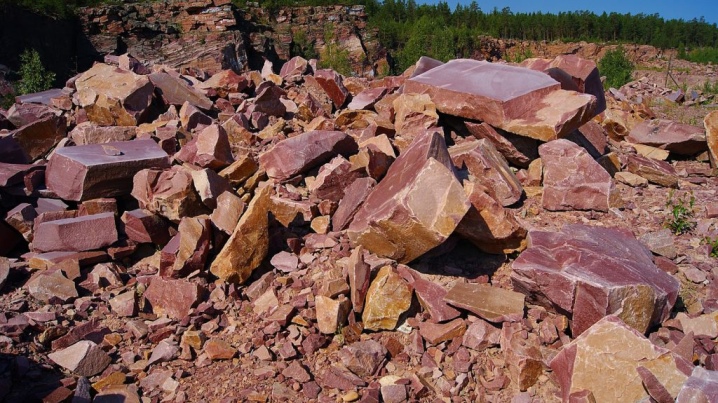
Shoksha quartzite (like all quartzites) is highly durable. It is very difficult to process such material, so most of the craftsmen resort to polishing it. As a rule, it is not sawed, but split. The level of hardness of the mineral on the Mohs scale is 7 points out of 10.
Crimson quartzite is considered one of the most beautiful stones and is widely used in Chinese architecture.
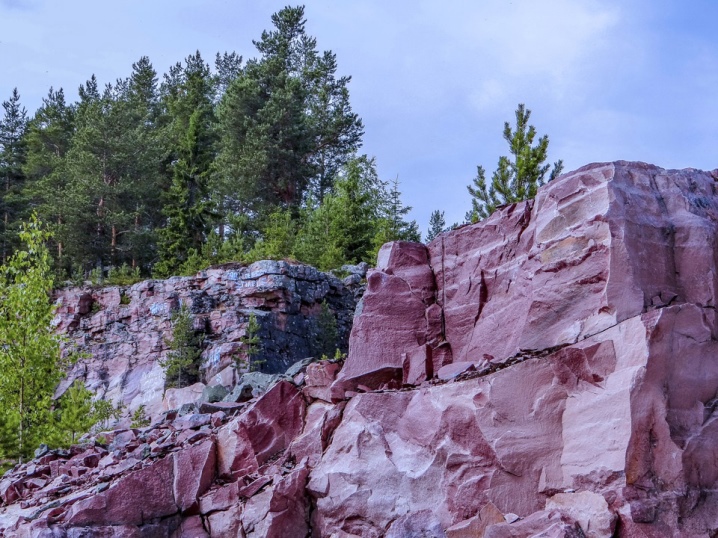
How is it formed and where is it mined?
Raspberry quartzite is mined mainly in the Prionezhsky region of Karelia, namely in the village of Kvartsitny and the village of Shoksha. In these places, the only quarry in Russia is located, where the extraction of this stone is carried out.
It is 98% quartz. This allows scientists to assume that quartzite is formed at great depths under the influence of extremely high temperatures and pressures. The shade of the stone depends only on the color of the materials directly involved in the process of its origin. In the case of raspberry quartzite, iron hydroxides helped to give it this magnificent hue.

Varieties
The subdivision into groups of such a mineral stone as raspberry quartzite occurs depending on the minerals that it contains.
- Pomegranate - This is a group of transparent, usually red minerals, hence their name.
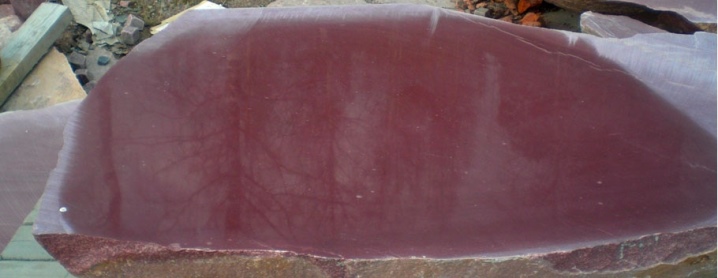
- Hornblende - These are rock-forming igneous minerals with an extremely complex chemical composition. This group is distinguished by a large amount of calcium and iron in the composition.

- Micaceous - the structure of such stones is layered, which means that it is strong enough. This group is one of the most common and is great for cladding.
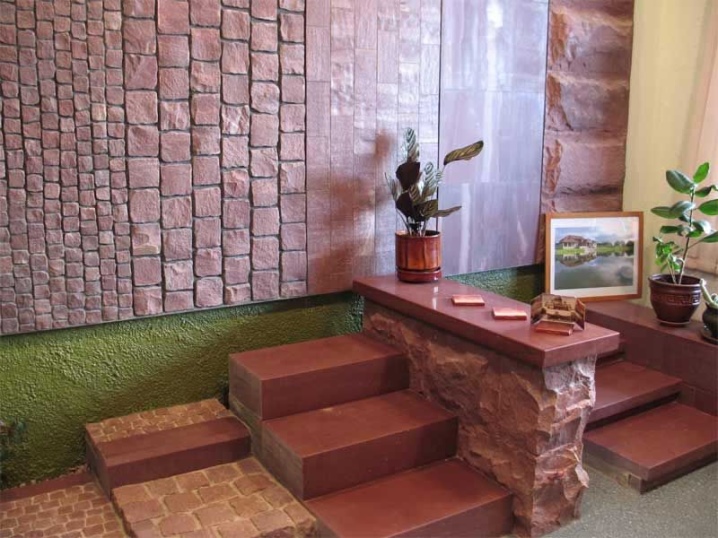
Natural stone is mined only in the regions of Karelia, and its prototypes can be mined in other places as well. It should be noted that natural crimson quartzite is considered a rather rare and expensive stone.
Quartzite is distinguished not only by its chemical composition, but also by color. Quite often in nature you can find minerals of pink, yellow, red, blue, gray and other colors.
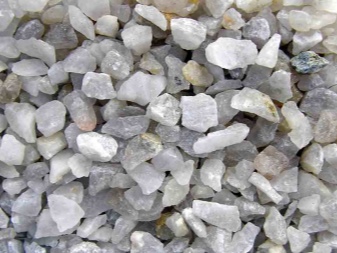
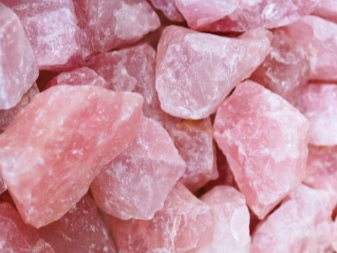
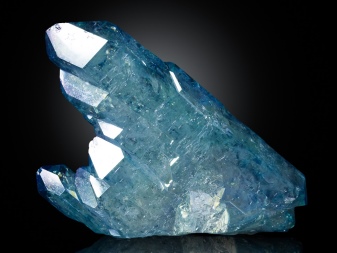
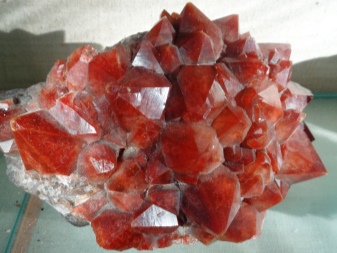
Composition and properties
If we consider the mineral composition of this mineral, then we can see that it is almost pure quartz:
- the quartz content is 93%;
- finely dispersed iron oxides and hydroxides - 2%;
- sericite - 2%;
- silicon - 2%;
- chalcedony - 1%.
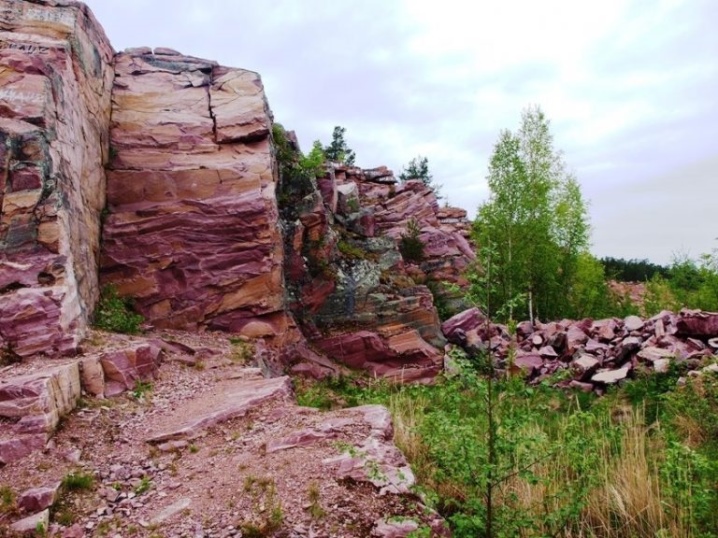
As for the properties of the mineral, the following should be definitely mentioned.
- The stone itself is very durable, and the first signs of crumbling appear only after 200 years.
- Quartzite is a dense stone with high compressive strength.
- Another important property is the hygiene of quartzite. It is completely unaffected by any alkalis, acids and microorganisms.
- It does not accumulate radiation.
- Many experts claim that the mineral also has medicinal properties - it helps to identify ischemic diseases, and also endows its owner with courage and courage.
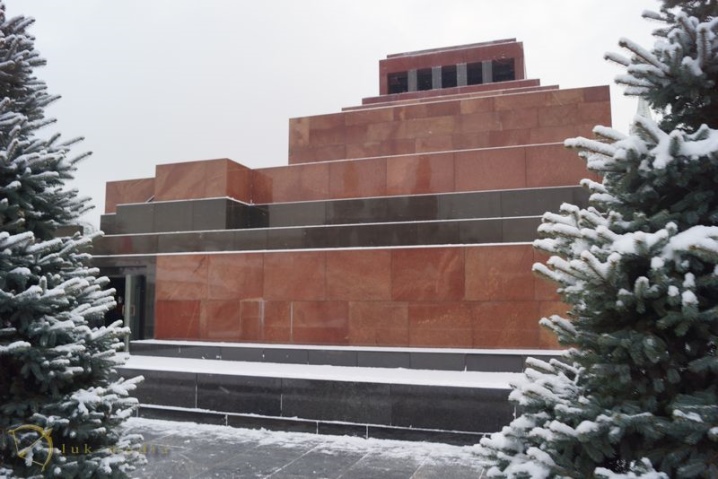
Advantages and disadvantages
Those who are thinking about buying this stone should definitely familiarize themselves with all the pros and cons of this mineral. Raspberry quartzite has many advantages, namely:
- the stone is very durable, has increased resistance to external influences;
- retains its shape and properties even under the influence of extremely high or low temperatures;
- since the stone does not have the property of accumulating radiation in itself, it cannot be considered harmful, which makes it possible to use it in residential or public premises;
- it is also worth noting a good heat capacity - a boned mineral is able to retain heat inside itself for a long time, and then give light steam;
- we must not forget about its resistance to any weather conditions, which makes it possible to decorate important monuments and architectural structures with this stone.
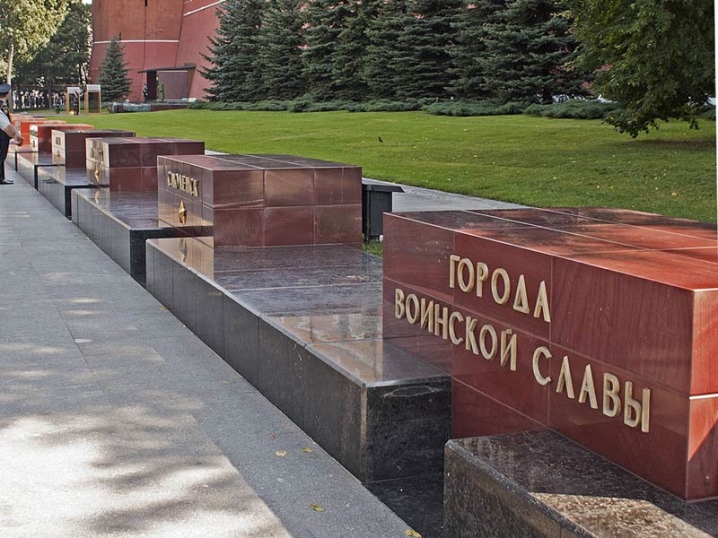
The stone has much fewer drawbacks.
- The ability of some specimens to crumble and break. There are times when chipped stones come across, which is why all mined minerals must be immediately checked for strength and sorted out.
- Another big drawback is the price. However, in this case, the quality of the material fully justifies its cost. For one ton of raspberry breed, they can ask for about 10 thousand rubles.
If we talk about contraindications for use, then this breed does not have them. Quartzite is environmentally friendly and completely harmless to the human body, so it can be safely used not only when decorating a bath, but also in the house.
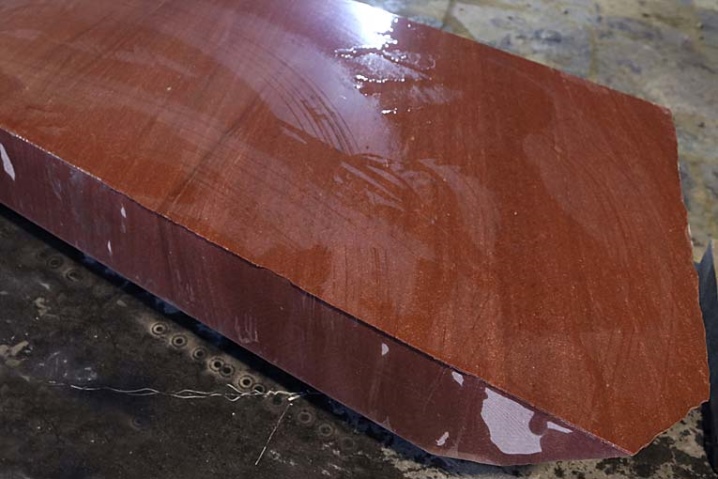
Selection rules
It is necessary to approach the choice of quartzite very carefully and responsibly, taking into account what it will be used for.
As a rule, you can buy already prepackaged tumbling stone. They ask for about 600 rubles for one package, but the further the customer is from Karelia, the higher the price of quartzite will be.
It is also important to take into account the sad fact that sellers of the mineral often do not look at what they put in the package. Therefore, quite often, instead of a whole stone, a defective and crumbled mineral comes. There is only one way out of this situation - to order twice as much material as necessary.
Once the raspberry quartzite has arrived, it should be examined carefully.
The first step is to visually inspect the stone for cracks or abrasions.

Then, lightly tap each stone with a hammer. A voiced and subtle sound indicates that the stone is suitable for use, but a dull sound indicates that the structure of the stone is grossly disturbed.
Another simple and fairly reliable method is fire check. Quartzite only needs to be placed in a fire and check which samples will withstand the heat and which will not.

Application
Such a truly unique stone as crimson quartzite is widely used in almost all areas of construction and decoration. In addition, it is also often used in other areas.
- Thermal insulation of the house. Due to its density, the material perfectly allows you to keep warm.
- As mentioned earlier, until the beginning of the 18th century, crimson quartzite was used only for decorating stoves. This "tradition" has remained to this day, thanks to which one can often find stoves decorated with tumbling stone.
- With the beginning of the industrial development of the deposit, the stone began to be used to decorate memorable items, for example, such as the sarcophagus of Napoleon or the pedestal of the monument to Nicholas I.
- Quartzite is often used to purify water - the stone serves as an excellent filter.
- Quartzite has recently become the best option for decorating countertops. This fact is directly related to its unique strength, durability and environmental friendliness.
- Separately, it should be said about the use of raspberry quartzite in baths, because this mineral will be the best option for decorating a bath. It is waterproof, fireproof and does not react in any way to mechanical damage or temperature extremes. As already mentioned, quartzite retains heat very well, as a result of which the steam is quite light.
- The healing properties of raspberry quartzite also play an important role - in such a bath it will not hurt to steam for people with a sore lower back.
However, open fire has a negative effect on the stone, so it is imperative to take care of the mixed backfill so that the material will last longer.

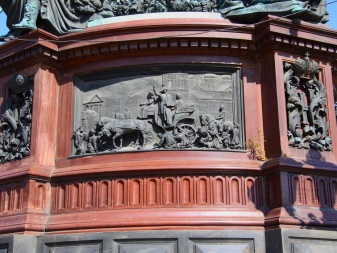
For arranging a bath, it is best to take pieces of 15-20 centimeters in size. Laying should start with the largest stones, gradually reducing their size. The smallest pieces of crushed stone should be used for the tops of the stoves.
Another important point is that over time, the stones will inevitably begin to deteriorate and gradually break, while creating dust that clogs the pores. Such processes have an extremely negative effect on steam quality. To avoid this, it is imperative to regularly inspect the stones for mechanical damage and throw them away.
As a rule, such a need arises 1-2 times a year, when the steam becomes noticeably worse.
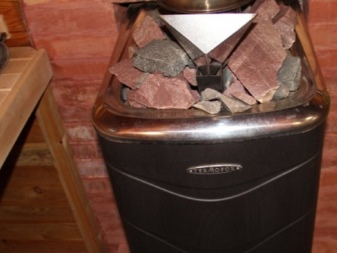
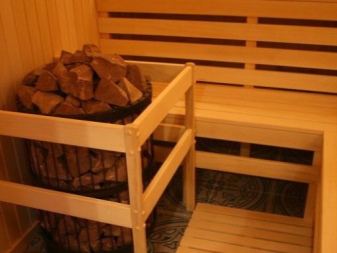
Having considered all the advantages and disadvantages of this mineral, we can safely conclude that the stone is not in vain for its popularity - it is durable, resistant to moisture and high temperatures, which means it is excellent for finishing a bath.
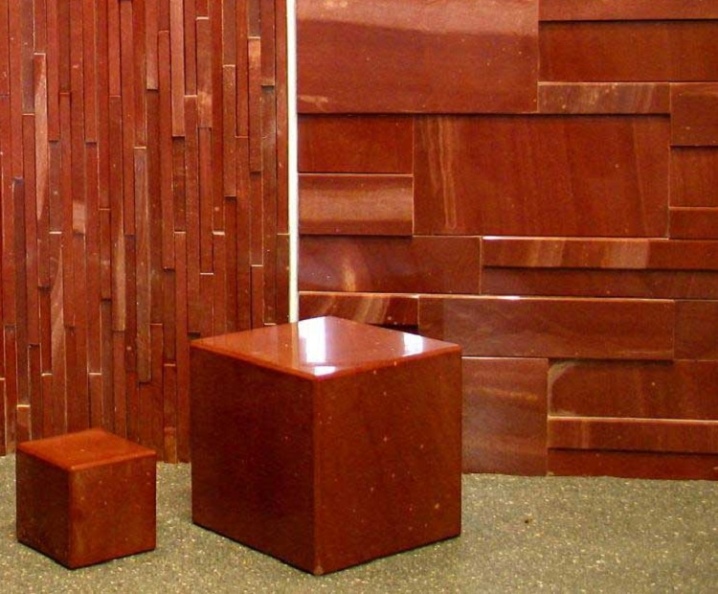
For the properties and varieties of quartz, see the next video.




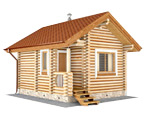
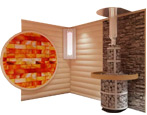
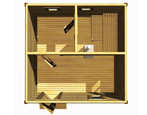
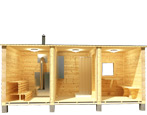
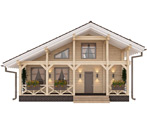
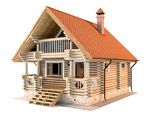


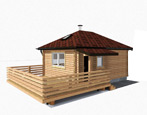
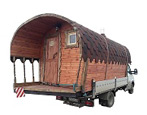


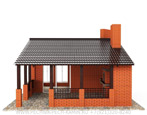

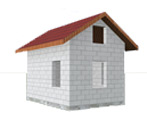

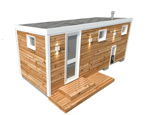
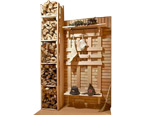
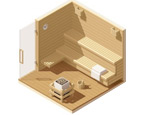
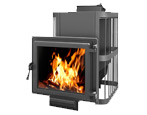
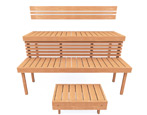


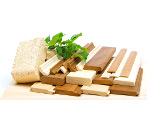


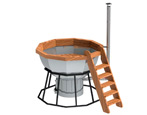
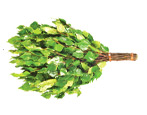
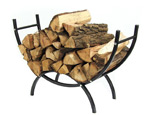
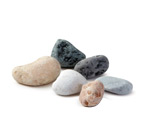
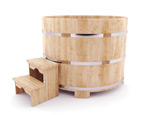
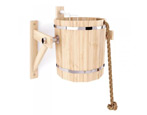
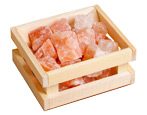

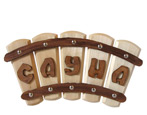
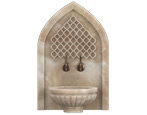

























































The comment was sent successfully.